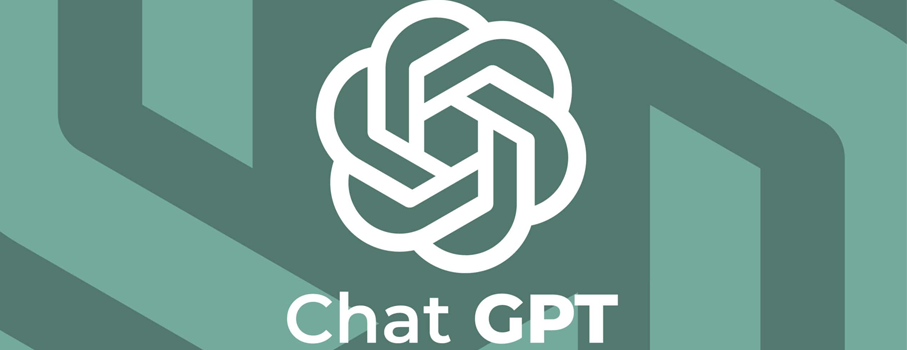What Is Chat Gpt

What Is Chat Gpt
An advanced conversational artificial intelligence (AI) model called ChatGPT was created by OpenAI with the goal of producing text-based communication responses that resemble those of a human. ChatGPT has transformed human-machine interaction by providing smooth, dynamic, and contextually aware talks. It is based on the GPT (Generative Pre-trained Transformer) architecture. The definition, operation, uses, restrictions, and social effects of ChatGPT are all examined in this article.
Understanding ChatGPT
Fundamentally, ChatGPT is an NLP model that can comprehend and produce writing that appears human. ChatGPT's technical basis is reflected in the "GPT" acronym, which stands for Generative Pre-trained Transformer:
- Generative: ChatGPT can create coherent and contextually relevant responses to a wide variety of prompts. Its generative nature allows it to produce original content rather than simply retrieving pre-existing answers.
- Pre-trained: The model is trained on an extensive dataset that includes a diverse range of text from books, websites, and other written material. This pre-training equips ChatGPT with a broad understanding of language, grammar, and context.
- Transformer: The Transformer architecture is a neural network framework that uses attention mechanisms to process and generate text. It allows ChatGPT to consider the relationships between words in a sentence and understand context over longer conversations.
This architecture is expanded upon by ChatGPT, which optimises its conversational capabilities through iterative training and fine-tuning.
How Does ChatGPT Work?
The development of ChatGPT involves several key processes:
- Data Pre-training: The model is initially trained on a massive dataset containing text from various sources. This phase helps the model learn grammar, syntax, and general knowledge about the world.
- Fine-tuning: To make ChatGPT better suited for conversational use, it undergoes fine-tuning on a narrower dataset, often labeled by human reviewers. This phase emphasizes understanding instructions and generating accurate, helpful, and relevant responses.
- Reinforcement Learning with Human Feedback (RLHF): This technique involves human reviewers ranking model outputs to guide the system in generating preferred responses. RLHF helps ChatGPT align more closely with user expectations and ethical considerations.
- Continuous Updates: OpenAI and similar developers actively refine ChatGPT to address user feedback, improve functionality, and minimize biases.
Applications of ChatGPT
ChatGPT has found utility across a wide range of domains, owing to its versatile capabilities:
- Customer Support: Companies use ChatGPT as a virtual assistant to address customer inquiries, providing quick and accurate responses around the clock. .
- Education and Learning: Students and educators rely on ChatGPT for explanations of complex topics, homework assistance, and generating teaching materials.
- Content Creation: From drafting emails to writing blogs, ChatGPT assists users in creating high-quality content efficiently.
- Healthcare: ChatGPT supports patients by answering general health-related questions, offering mental health assistance, and aiding healthcare professionals with documentation.
- Programming Assistance: Developers use ChatGPT for coding suggestions, debugging, and learning new programming languages.
- Creative Writing: Writers leverage ChatGPT for brainstorming ideas, drafting stories, and composing poetry.
Limitations of ChatGPT
While ChatGPT is powerful, it has its limitations:
- Accuracy Issues: ChatGPT occasionally produces inaccurate or deceptive information, especially when discussing specialised or niche subjects.
- Lack of Understanding: ChatGPT does not "understand" the content it creates, even if it is capable of having conversations. It uses patterns in the training data to predict the subsequent word in a sequence.
- Bias and Ethics: The model may inadvertently produce biased or inappropriate responses due to biases in its training data.
- Dependency: Over-reliance on ChatGPT can hinder critical thinking and problem-solving skills, as users may rely too heavily on automated responses.
The Impact of ChatGPT
The launch of ChatGPT has changed how people engage with AI and affected a number of sectors. It is a useful tool for both personal and professional use because of its effectiveness and accessibility. But like any technology, it must be used responsibly, and its limitations must be understood.
A prime example of how AI may boost output, encourage creativity, and reduce communication barriers is ChatGPT. It is anticipated that future versions of ChatGPT and related models will tackle current issues and provide even more sophisticated conversational AI capabilities as research progresses.
Latest Blogs
- 10 Ways To Make Google Love Your Business Site
- Use Cookie-free Domains Wordpress
- How To Add Google Analytics To Wordpress
- What Is Chat Gpt
- The Top 10 SEO Settings for All-new WordPress Blogs
- What is Organic SEO? and Why is it Important?
- The Top 10 Plugins on WordPress.com
- Meta Tags: What They Are & How to Use Them for SEO
Blogs
- 10 Ways To Make Google Love Your Business Site
- Use Cookie-free Domains Wordpress
- How To Add Google Analytics To Wordpress
- What Is Chat Gpt
- The Top 10 SEO Settings for All-new WordPress Blogs
- What is Organic SEO? and Why is it Important?
- The Top 10 Plugins on WordPress.com
- Meta Tags: What They Are & How to Use Them for SEO
- Top 5 SEO Rank Tracker Tools You Should Try
- Understanding Google Core Updates: A Complete Guide
- How To Get SSL Certificate
- What Is Google Bard
- Learn About Born On Instagram Structure
- Core Elements Of Seo
- Benefits Of Using Google Adwords
- Black Friday Domain Offer
- What is Linux Commands Cheat Sheet?
If You’re not sure what you need,
then we’re just a call away
Our Product



Partner With



Our Payment Gateway















